Home>Furniture & Design>Bathroom Accessories>How To Get My Bathtub To Drain
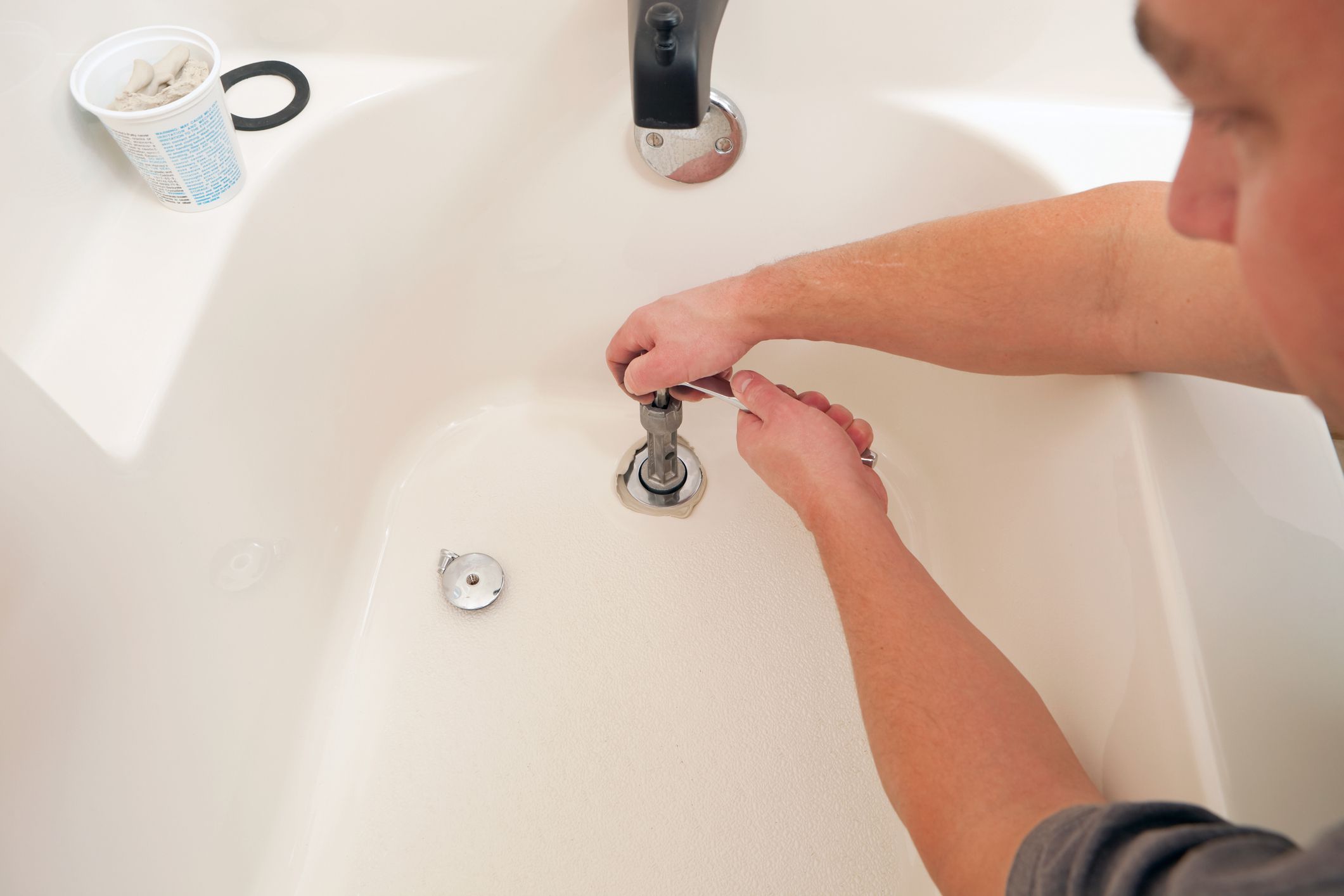

Bathroom Accessories
How To Get My Bathtub To Drain
Published: February 17, 2024
Learn effective ways to unclog your bathtub drain and improve drainage with the right bathroom accessories. Say goodbye to slow draining water!
(Many of the links in this article redirect to a specific reviewed product. Your purchase of these products through affiliate links helps to generate commission for Storables.com, at no extra cost. Learn more)
Common Causes of Bathtub Drain Clogs
Bathtubs are a haven for relaxation and rejuvenation, but a clogged drain can quickly turn this sanctuary into a source of frustration. Understanding the common causes of bathtub drain clogs is the first step toward preventing and addressing this pesky issue. Here are the usual suspects behind those stubborn clogs:
-
Hair: One of the primary culprits behind bathtub drain clogs is hair. As we wash our hair, loose strands often find their way into the drain, eventually accumulating and forming blockages.
-
Soap Scum: While soap is essential for a refreshing bath, the residue it leaves behind can contribute to drain clogs. Over time, soap scum can build up and combine with other debris, impeding the flow of water.
-
Dirt and Grime: As we wash off the day's dirt and grime, particles can accumulate in the drain, leading to obstructions. This is particularly common in households with active individuals or children who frequently engage in outdoor activities.
-
Mineral Buildup: In areas with hard water, mineral deposits can accumulate in the drain over time. These deposits, primarily consisting of calcium and magnesium, can constrict the flow of water and contribute to clogs.
-
Foreign Objects: Accidentally dropping items such as jewelry, small toys, or bottle caps into the bathtub can also lead to drain clogs. These objects can obstruct the drain and hinder water from flowing freely.
Understanding these common causes of bathtub drain clogs can help you take proactive measures to prevent them. By being mindful of what goes down the drain and implementing regular maintenance, you can keep your bathtub drain clear and ensure uninterrupted moments of relaxation.
Key Takeaways:
- Keep your bathtub drain clear by using a hair catcher and periodically flushing with hot water to prevent clogs caused by hair, soap scum, and dirt. Enjoy uninterrupted relaxation without pesky drain issues!
- When unclogging your bathtub drain, remember to use a plunger, plumbing snake, baking soda and vinegar, and boiling water. Regular maintenance and proactive measures can help prevent future clogs, ensuring hassle-free bathing experiences.
Read more: How To Get Bathtub Drain Out
Tools and Supplies Needed for Unclogging
When it comes to tackling a clogged bathtub drain, having the right tools and supplies at your disposal is essential. Here's a comprehensive list of items you'll need to effectively address the issue:
-
Plunger: A standard cup plunger is a versatile tool for dislodging minor clogs in the bathtub drain. Its suction power can help to break up and remove obstructions caused by hair, soap scum, or other debris.
-
Plumbing Snake: Also known as a drain auger, a plumbing snake is a flexible tool designed to navigate through the drain and dislodge stubborn clogs. It's particularly useful for reaching blockages located further down the drainpipe.
-
Bucket: Having a bucket on hand is practical for catching water that may spill out during the unclogging process. It helps to minimize mess and facilitates easy disposal of extracted debris.
-
Rubber Gloves: Protect your hands from coming into direct contact with grime and debris by wearing rubber gloves. They also provide a better grip when handling tools and working around the drain.
-
Old Towels or Rags: Keep a few old towels or rags nearby to wipe up any water spills and to provide a clean surface for organizing your tools and supplies.
-
Wire Hanger: A simple wire hanger can be fashioned into a makeshift tool for removing hair and debris from the drain. By straightening the hanger and creating a small hook at one end, you can effectively fish out blockages.
-
Baking Soda and Vinegar: This classic household remedy can help break down minor clogs and eliminate odors. When combined, baking soda and vinegar create a fizzy reaction that can help dislodge debris within the drain.
-
Boiling Water: Boiling water can be an effective and eco-friendly way to dissolve greasy buildup and flush out minor clogs. It's a simple yet powerful method for maintaining a clear drain.
By ensuring you have these essential tools and supplies on hand, you'll be well-prepared to tackle a clogged bathtub drain effectively. Whether it's a minor obstruction or a more stubborn clog, having the right equipment can make the unclogging process smoother and more efficient.
Try using a plunger to unclog the drain. Cover the overflow opening with a wet cloth and plunge the drain a few times. If that doesn’t work, try using a drain snake to remove any blockages.
Step-by-Step Guide to Unclogging the Drain
-
Assess the Severity of the Clog: Begin by determining the extent of the clog. If the water is draining slowly, the blockage may be minor and can potentially be resolved with simple methods. However, if the water is not draining at all, a more stubborn clog may be present, requiring additional steps.
-
Remove the Drain Cover: Use a screwdriver to carefully remove the drain cover. This will provide access to the drain and allow you to visually inspect the extent of the blockage.
-
Use a Plunger: For minor clogs, a plunger can be highly effective. Ensure that there is enough water in the bathtub to cover the bottom of the plunger. Place the plunger over the drain and firmly press down, then pull up rapidly to create suction. Repeat this motion several times to dislodge the obstruction.
-
Attempt a Plumbing Snake: If the plunger does not fully resolve the clog, a plumbing snake can be used. Insert the snake into the drain and rotate it clockwise as you push it further in. When you encounter resistance, continue rotating to break up the blockage. Slowly retract the snake, pulling out any dislodged debris.
-
Utilize Baking Soda and Vinegar: For minor clogs and maintenance, pour half a cup of baking soda down the drain, followed by half a cup of vinegar. Allow the mixture to fizz and work its way through the drain for about 30 minutes. Then, flush the drain with hot water to help clear any remaining debris.
-
Boiling Water Flush: In cases of greasy buildup or minor clogs, boiling water can be an effective solution. Carefully pour a kettle of boiling water directly into the drain to help dissolve and flush out the obstruction.
-
Inspect and Replace the Drain Cover: After successfully unclogging the drain, carefully inspect the removed debris and ensure that the drain cover is clean before reattaching it.
By following these step-by-step instructions, you can effectively address a clogged bathtub drain, restoring proper drainage and ensuring a hassle-free bathing experience. Remember to exercise caution when using tools and handling hot water, and consider seeking professional assistance for persistent or complex clogs.
Tips for Preventing Future Clogs
Preventing future clogs in your bathtub drain is essential for maintaining a smoothly functioning plumbing system and ensuring uninterrupted moments of relaxation. By implementing these proactive measures, you can significantly reduce the likelihood of encountering stubborn clogs in the future.
-
Regular Maintenance: Incorporate regular drain maintenance into your household routine. This can involve using a hair catcher or strainer to trap hair and debris before they enter the drain. Additionally, periodically flushing the drain with hot water can help prevent the buildup of soap scum and other residues.
-
Hair Management: Be mindful of hair accumulation in the bathtub. Consider brushing your hair before taking a shower or bath to minimize the amount of loose hair that ends up in the drain. For households with multiple individuals, especially those with long hair, proactive hair management can make a notable difference in preventing clogs.
-
Use a Drain Cover: Installing a drain cover or stopper with a built-in hair catcher can effectively prevent hair and larger debris from entering the drain. This simple yet effective solution can significantly reduce the frequency of clogs and minimize the need for frequent unclogging efforts.
-
Avoid Pouring Grease and Oil: Refrain from pouring grease, cooking oil, or fatty substances down the drain. These substances can solidify and adhere to the walls of the drain, contributing to blockages over time. Instead, dispose of grease and oil in a designated container for proper disposal.
-
Regular Cleaning: Periodically clean the drain cover and surrounding area to prevent the accumulation of soap scum, dirt, and grime. This can be done using a mild cleaning solution and a brush to ensure that the drain remains free from obstructions.
-
Professional Inspection: Consider scheduling periodic professional inspections of your plumbing system. A licensed plumber can assess the condition of your drains, identify potential issues, and provide preventive maintenance to keep your bathtub drain clear and functional.
By incorporating these preventive measures into your household habits, you can proactively safeguard your bathtub drain against future clogs. Consistent maintenance and mindful practices can go a long way in preserving the efficiency of your plumbing system, allowing you to enjoy a hassle-free bathing experience without the inconvenience of persistent drain clogs.
Frequently Asked Questions about How To Get My Bathtub To Drain
Was this page helpful?
At Storables.com, we guarantee accurate and reliable information. Our content, validated by Expert Board Contributors, is crafted following stringent Editorial Policies. We're committed to providing you with well-researched, expert-backed insights for all your informational needs.
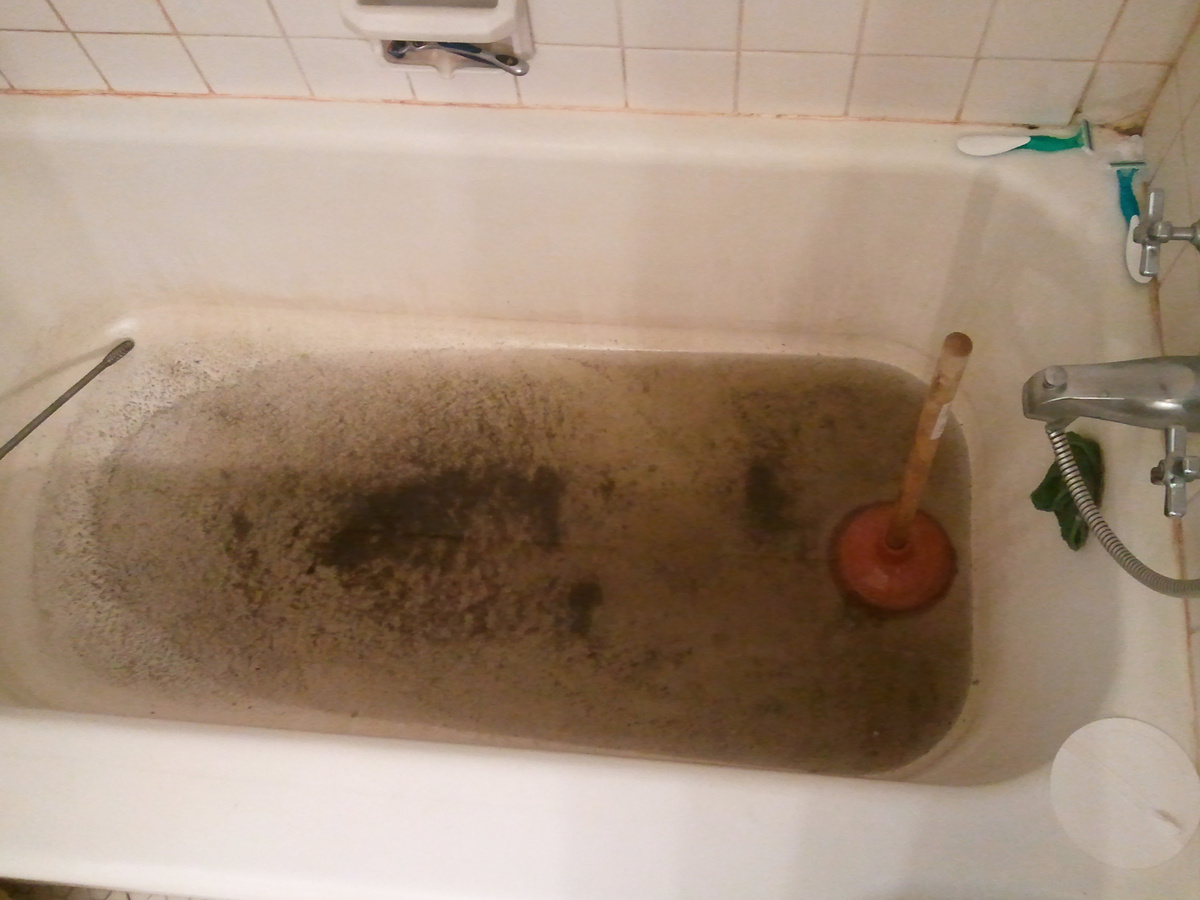
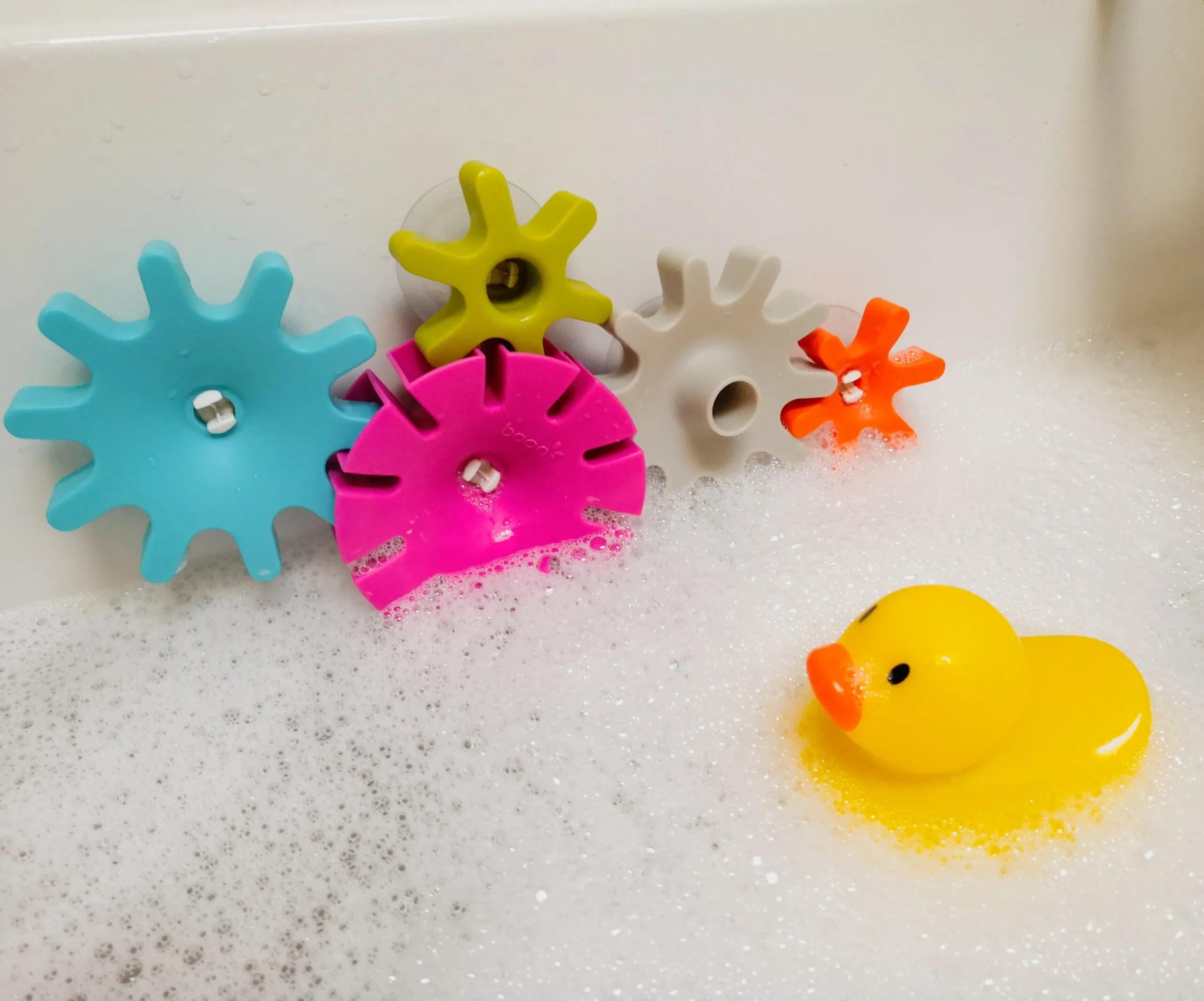


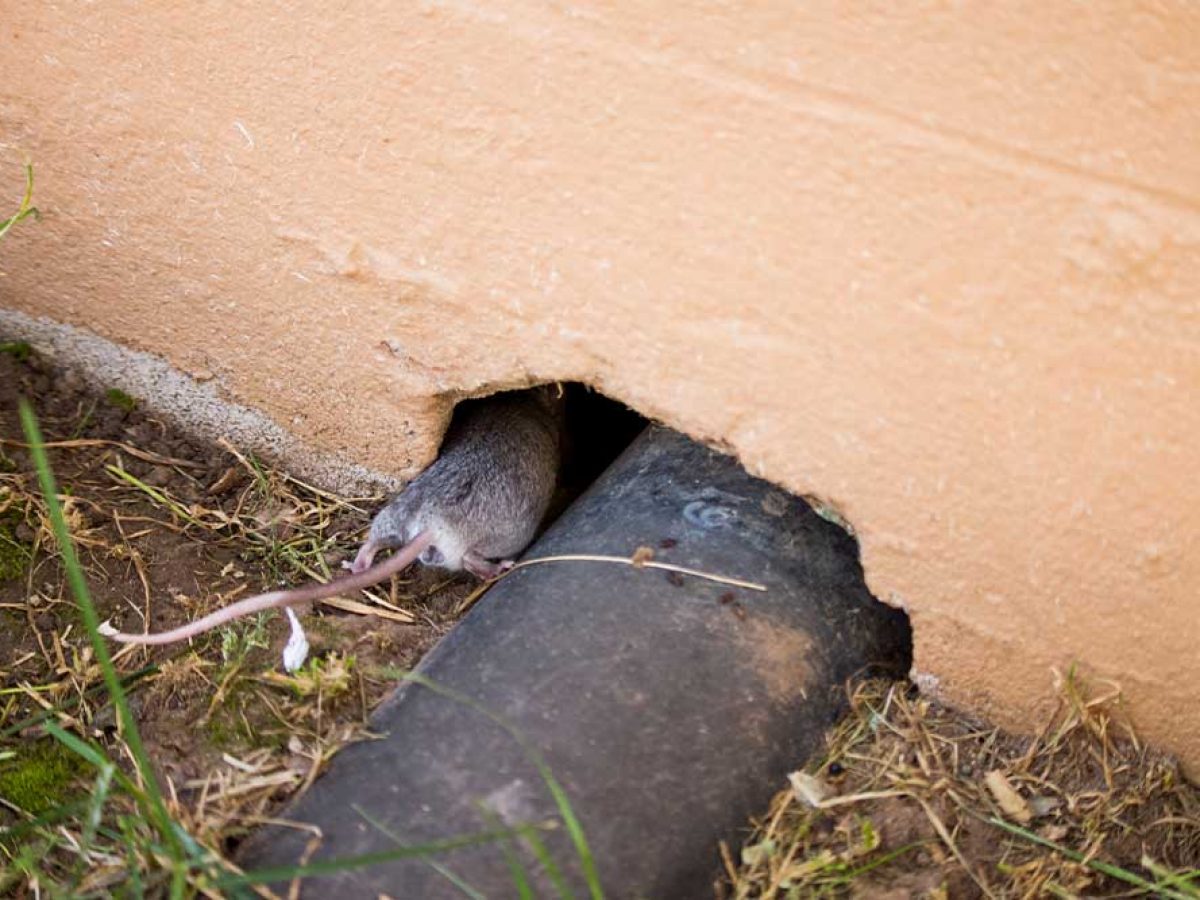
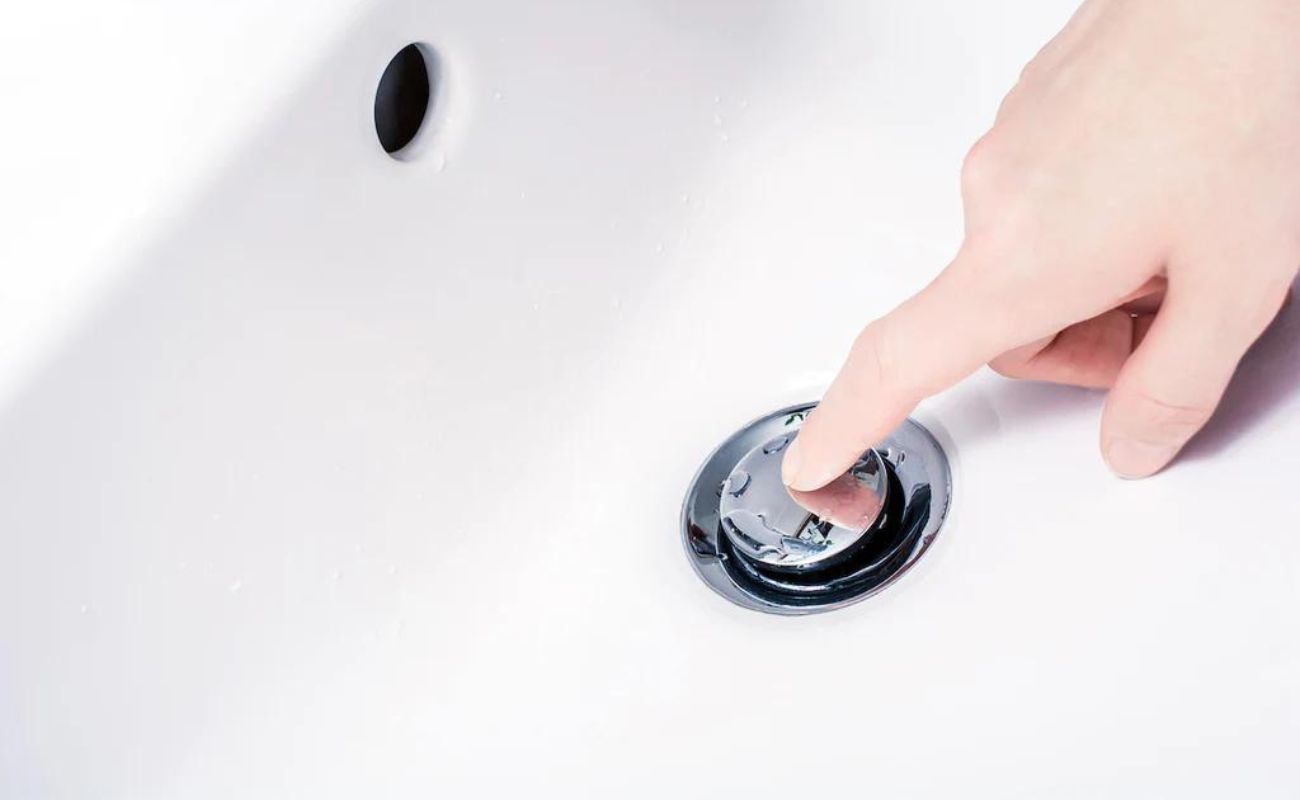
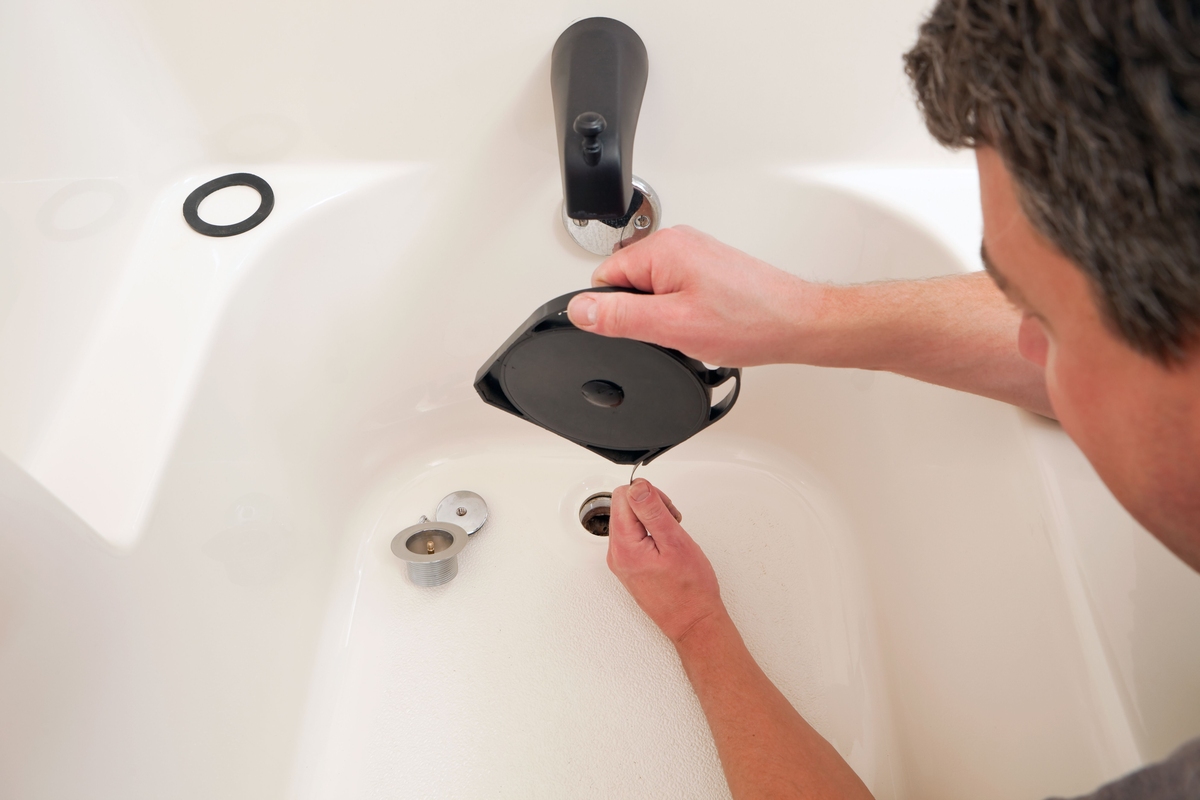
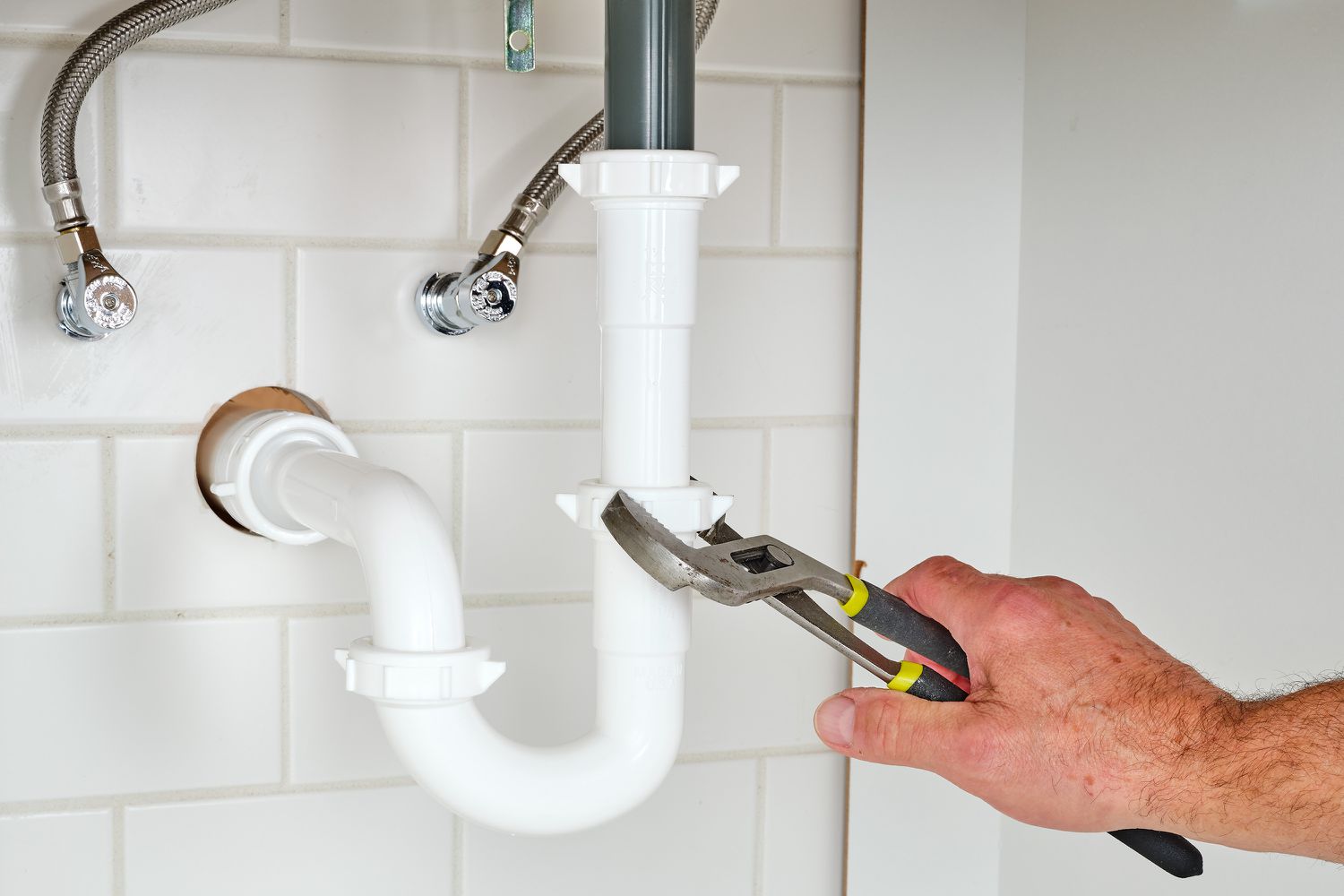
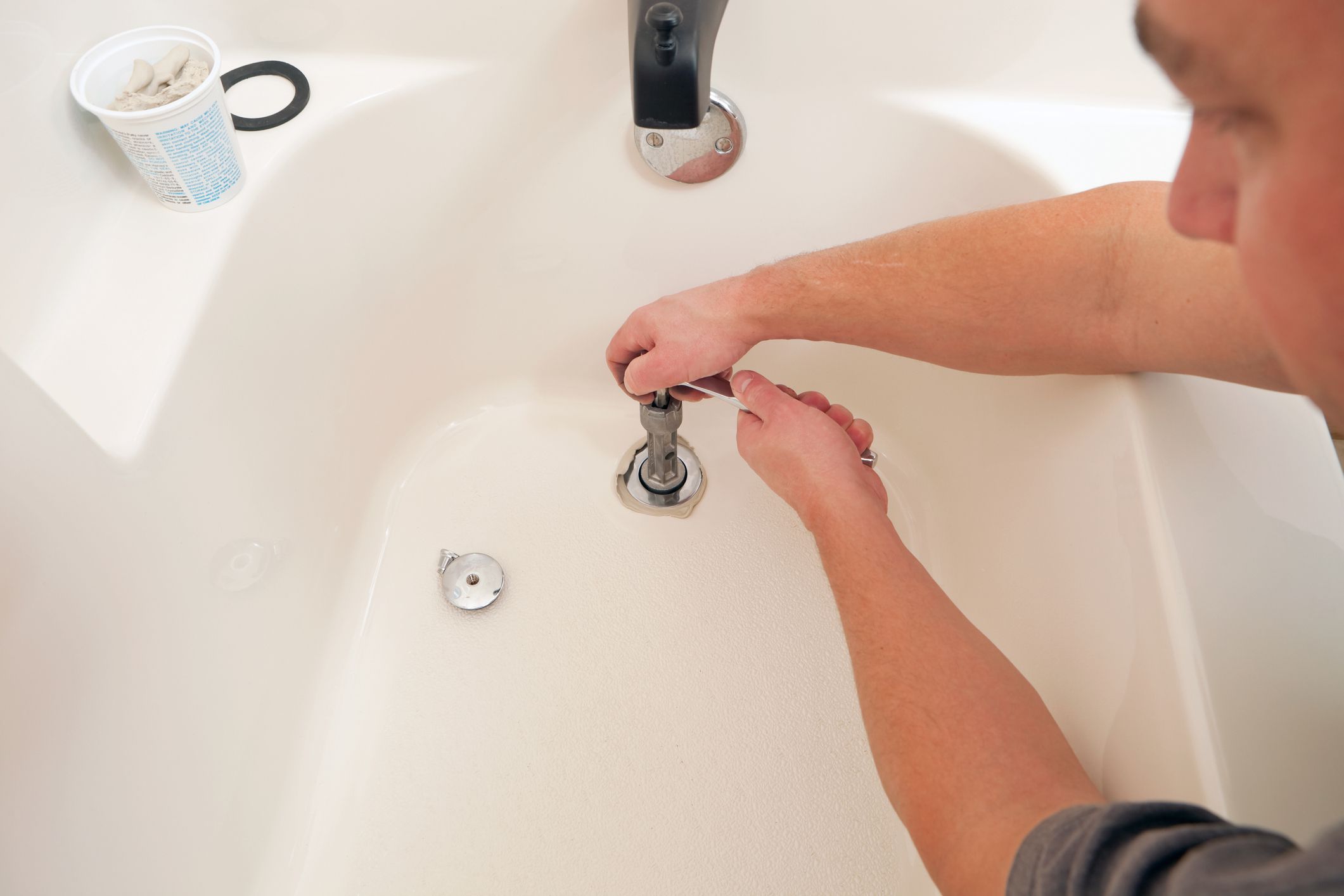
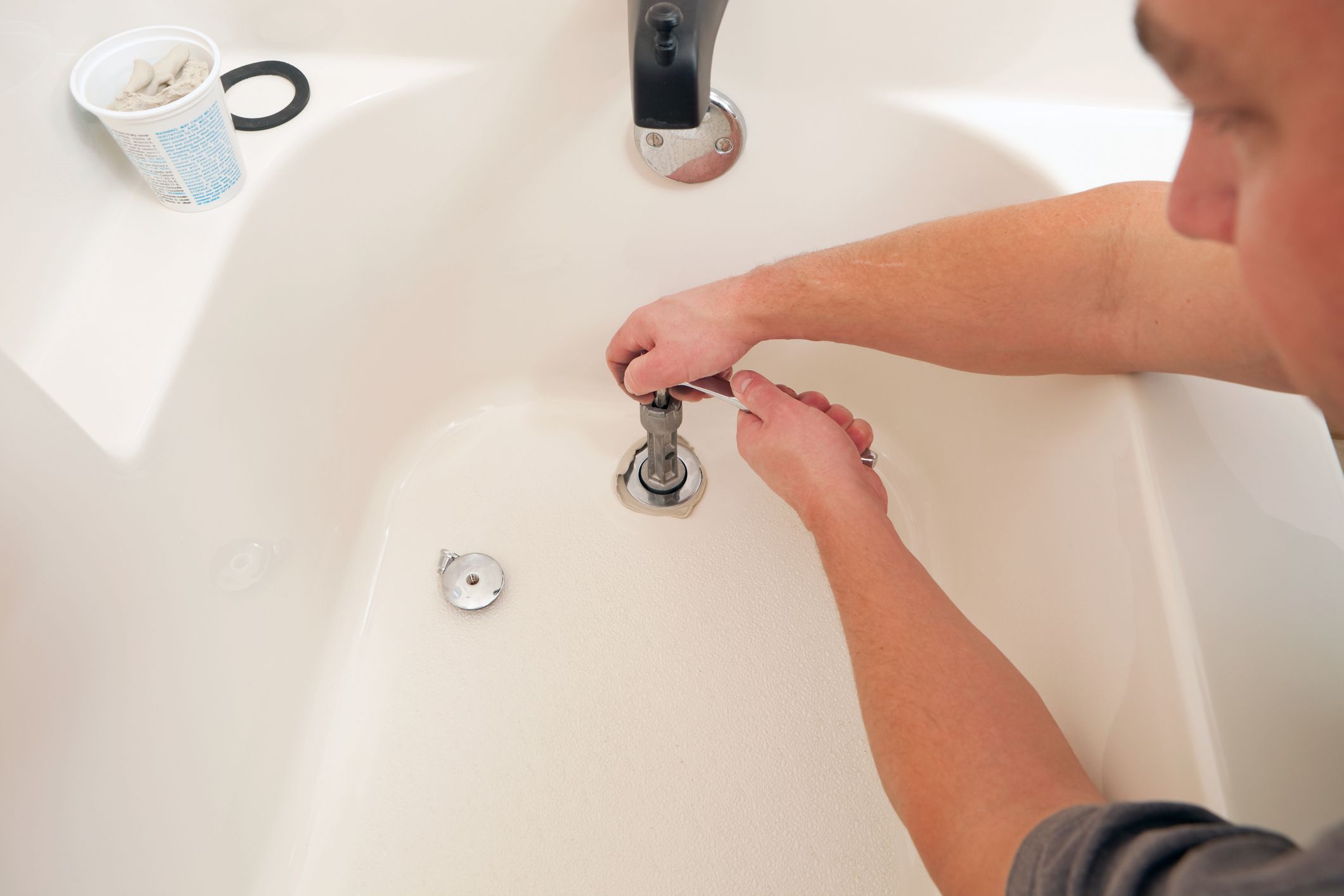
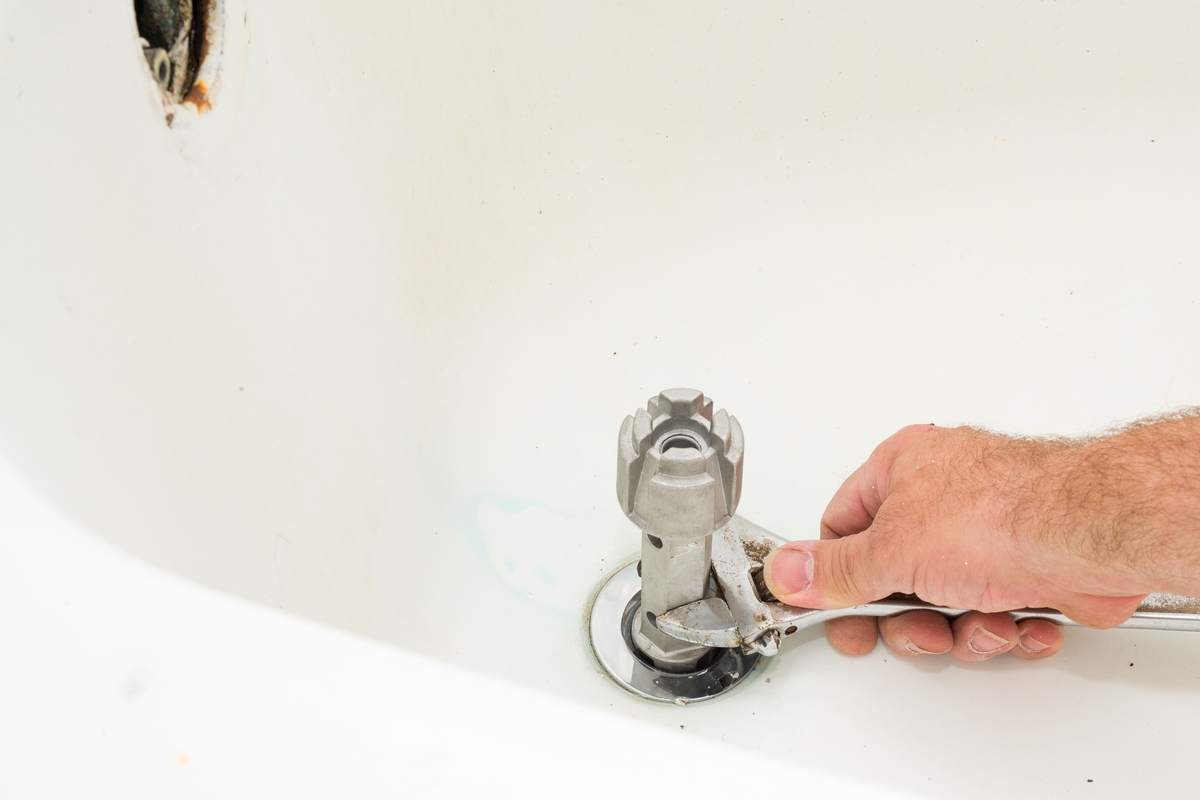
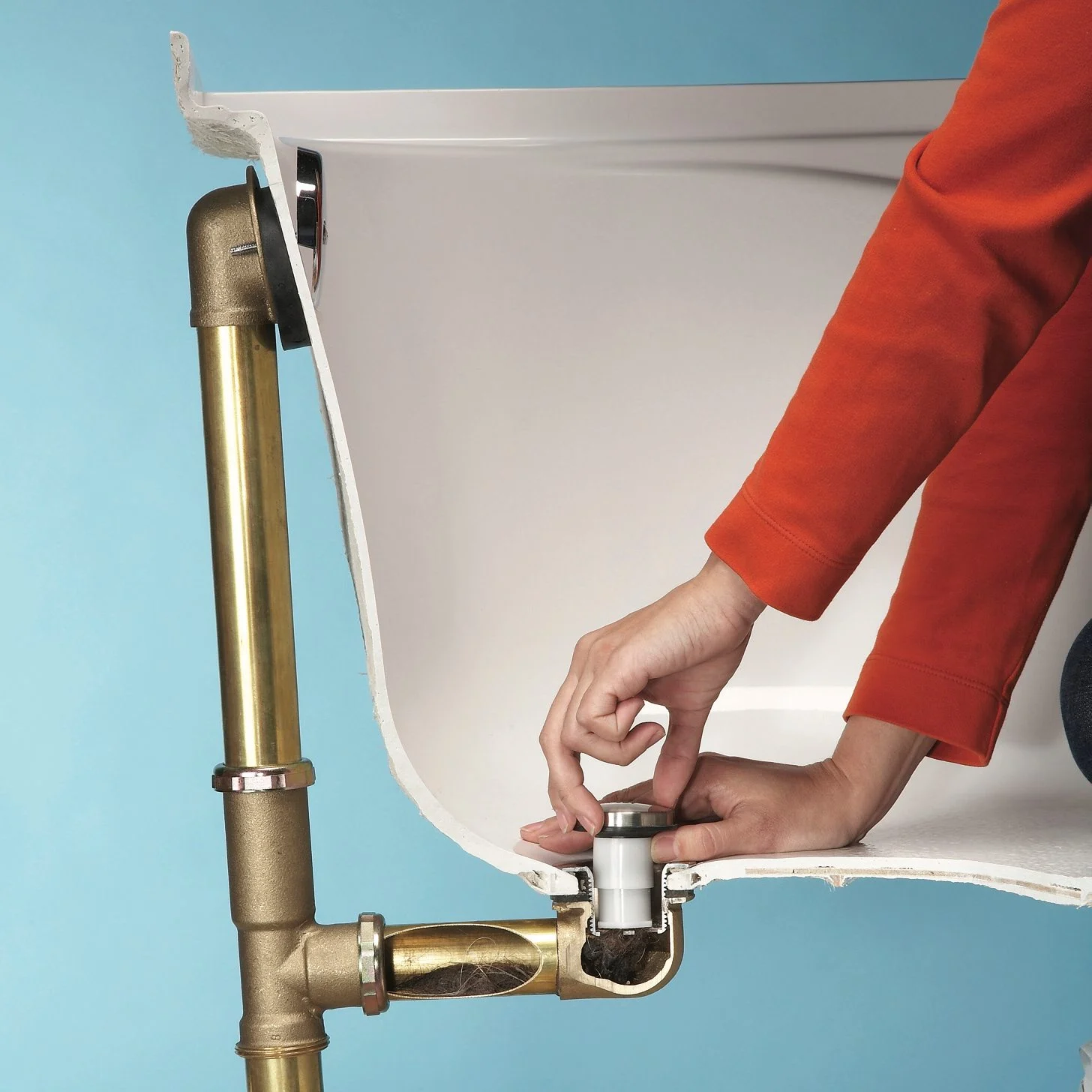
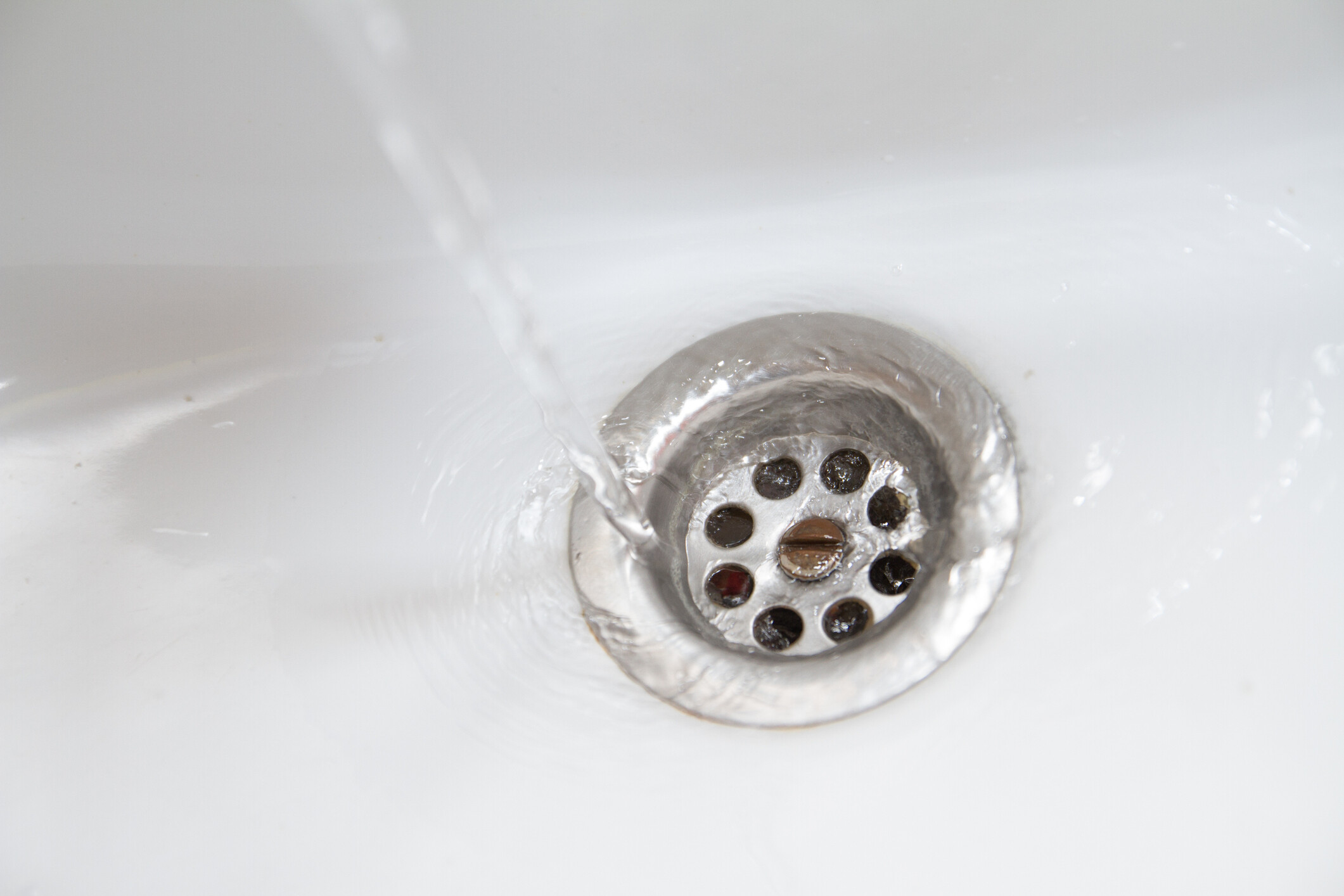
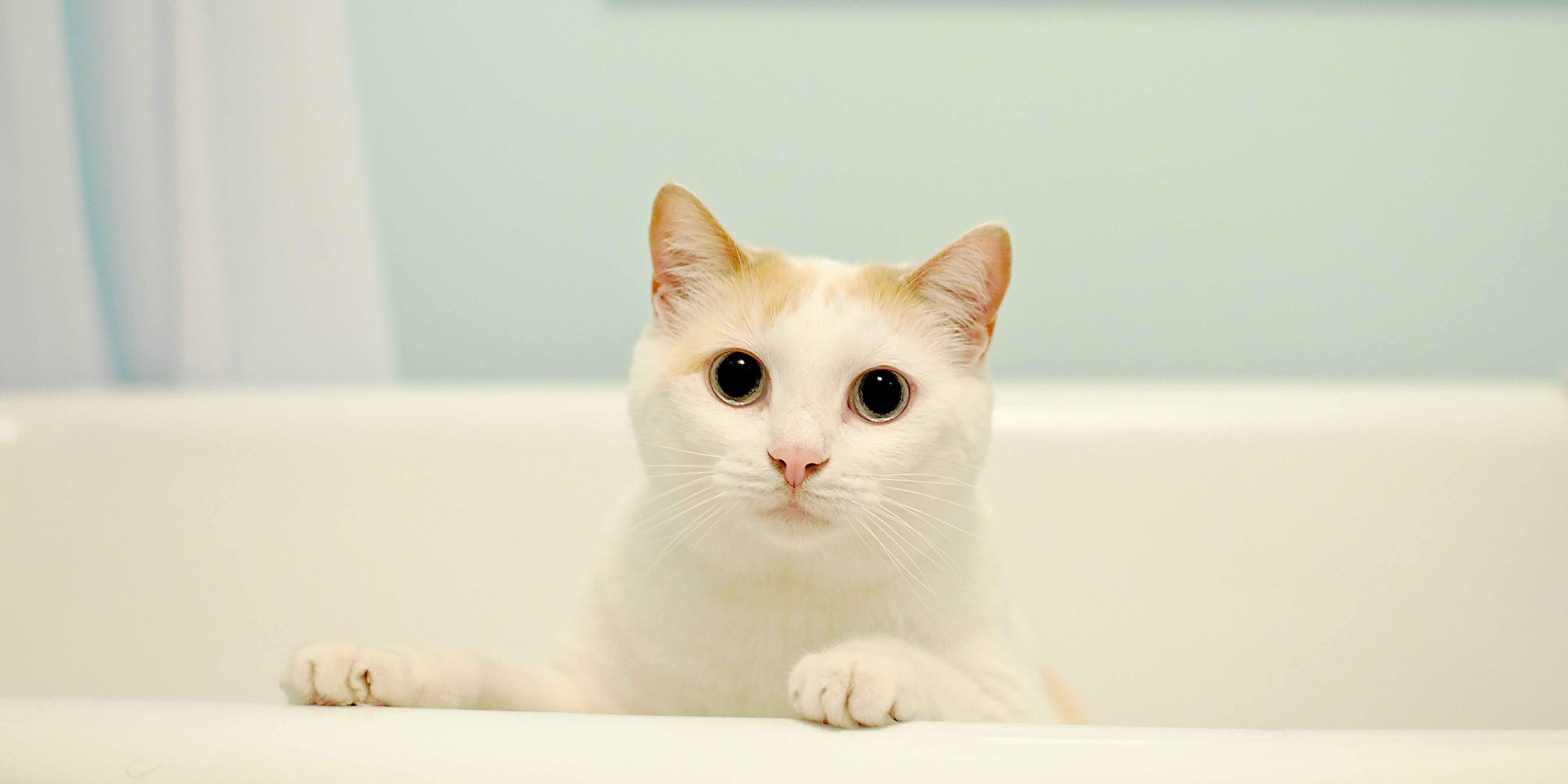
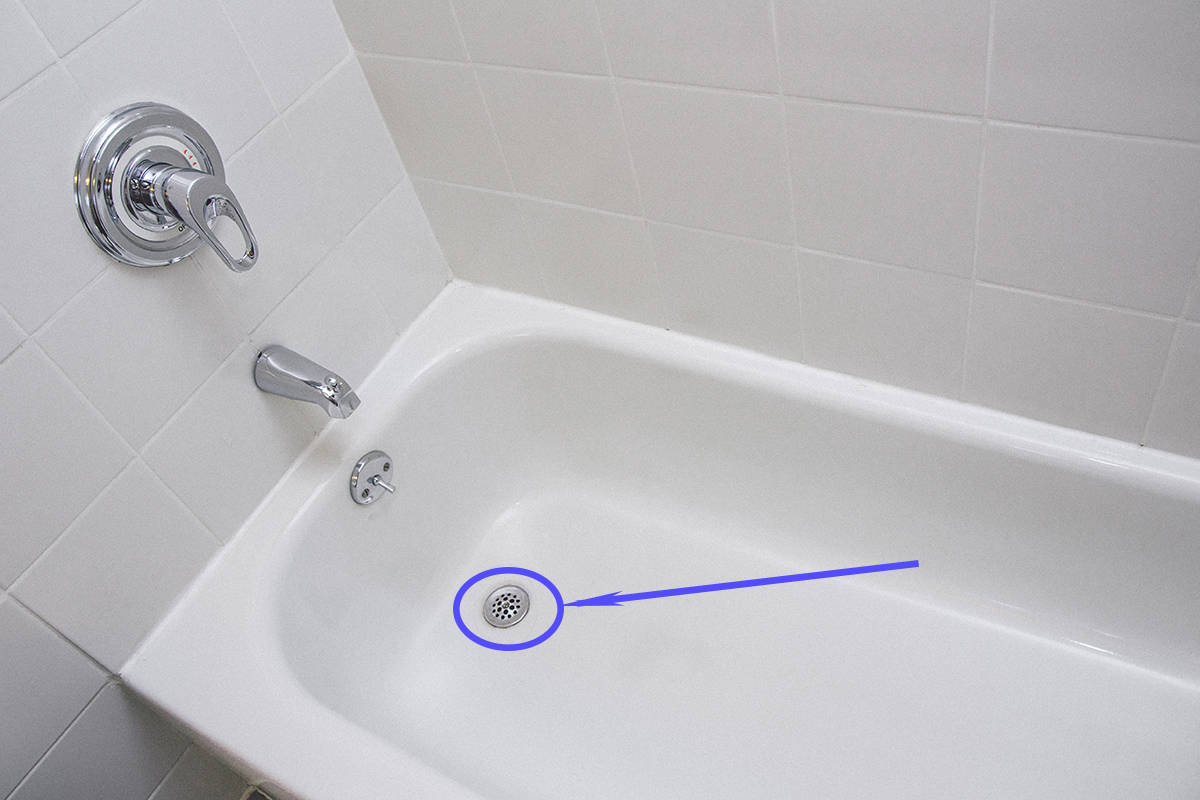

0 thoughts on “How To Get My Bathtub To Drain”